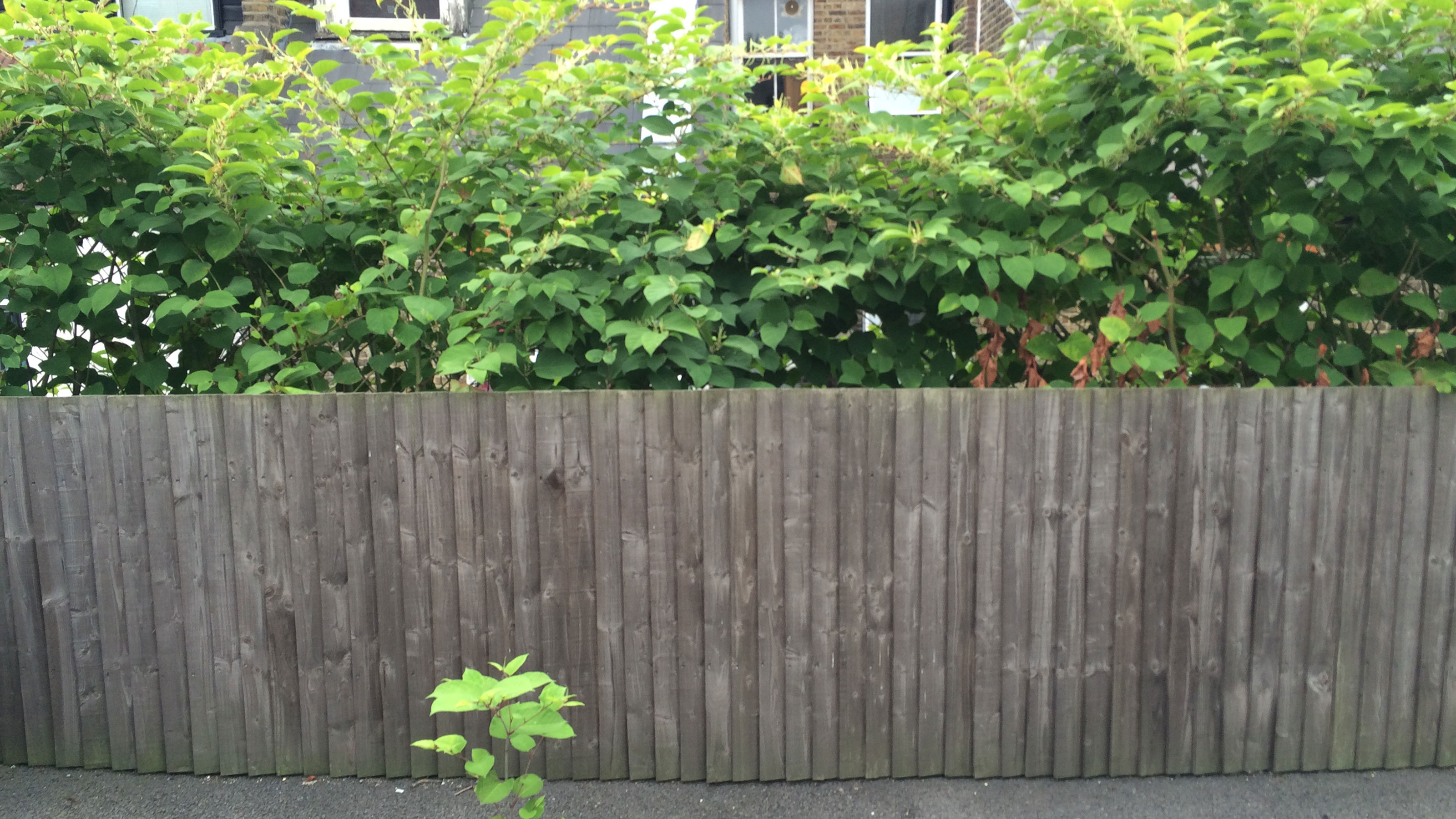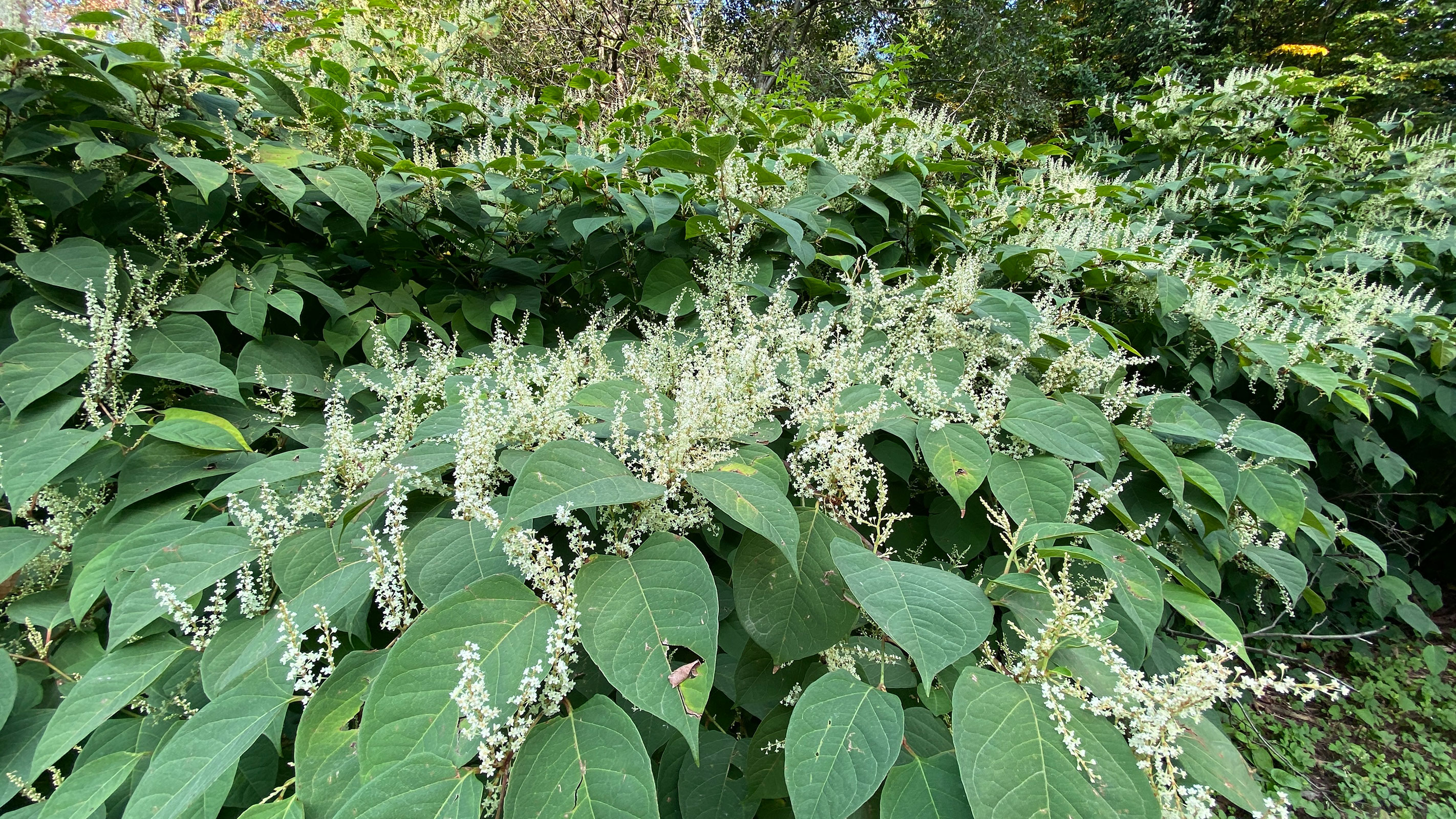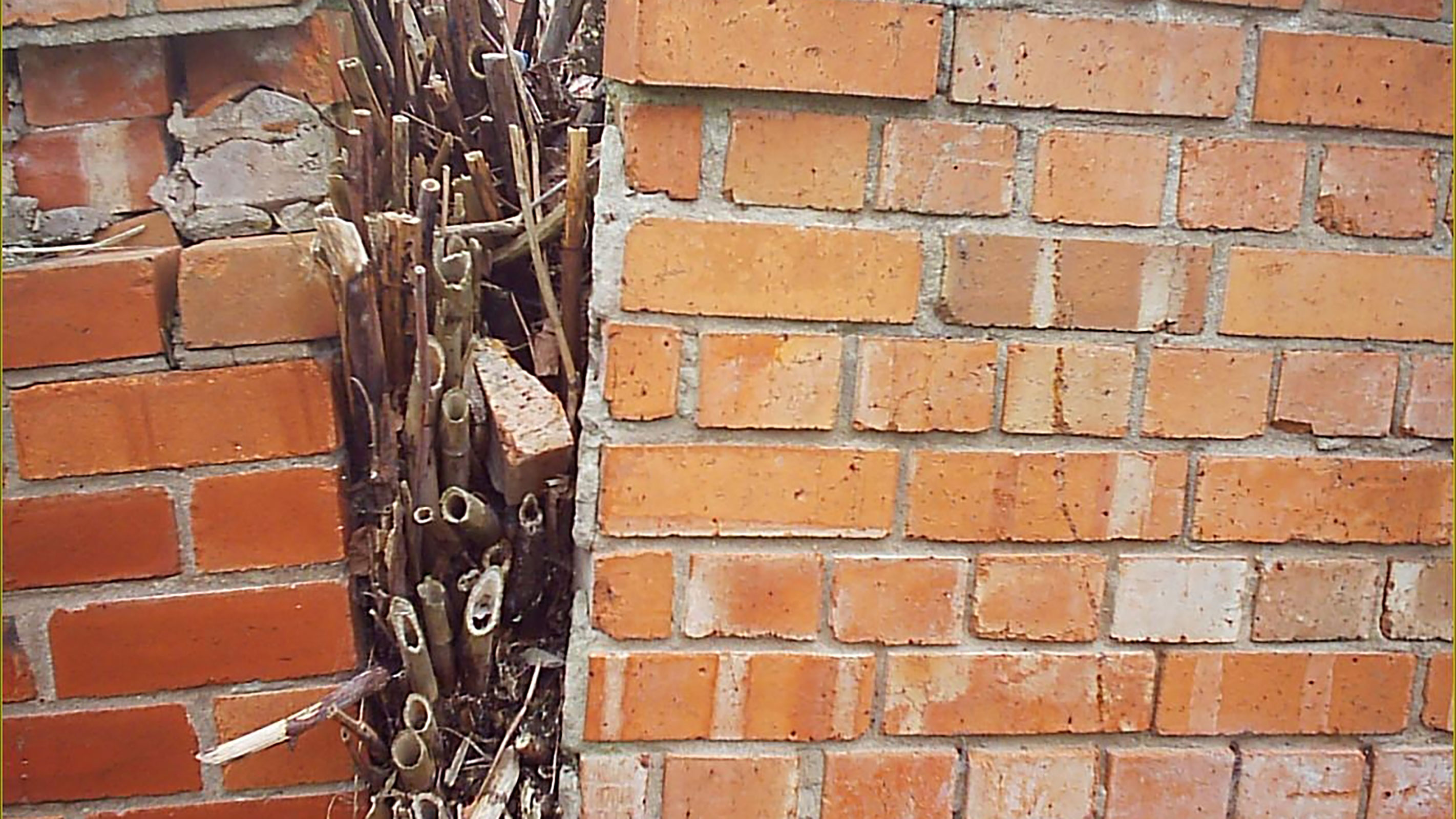How to kill Japanese knotweed — get rid of it for good
Wondering how to kill Japanese knotweed? This invasive garden nuisance can take over gardens and put potential buyers off. Here, we explain how to eliminate it once and for all

Getting to grips with how to kill Japanese knotweed is vital if you have found this pesky plant growing in your garden.
Japanese knotweed (Fallopia japonica), as the name suggests, is native to Japan, as well as China and Korea, but was introduced to the UK during the Victorian era by plant hunters who were attracted by its pretty heart-shaped leaves and exotic-looking flowers. Little did they know, this is a plant now known for its aggressive growth and extensive root system that can, if left untreated, cause damage to buildings and roads.
While Japanese knotweed removal is one thing, getting rid of it altogether and preventing its return can be tricky — but our guide is here to explain the steps you will need to take to eradicate the problem once and for all.
Why do I need to know how to kill Japanese knotweed?
Just why is it so crucial to get rid of Japanese knotweed if you find it in your garden? Well, there are several reasons.
Firstly, it spreads alarmingly quickly — a single stem is capable of producing up to 20 new plants each year. The plant can also grow up to 10 feet tall in just one season and its extensive root system that can penetrate so deep into the ground that it can cause damage, not only to your own house, but also to any properties nearby.
Obviously should you come to sell your house at some point, potential buyers are likely to be hugely put off making an offer on a house with Japanese knotweed growing in the garden — and, in fact, it has been known for banks to refuse mortgage applications on houses where it is present.
“It’s not illegal to have knotweed growing on your land but if you allow it to spread to an adjacent property, you could find yourself on the wrong side of a lengthy and expensive legal claim for encroachment," says Nic Seal, Managing Director at Environet. "Property owners are also required to declare it when they sell, which is often where legal cases arise from ‘misrepresentation’, or failure to declare.
“Japanese knotweed can knock around 5% off the value of a property – and in the worst cases up to 10% – but it doesn’t have to be a deal-breaker. With a professional treatment plan in place and an insurance-backed guarantee to satisfy mortgage lenders, most sales proceed successfully with the property’s value normally returning close to the ‘non-affected’ value — although the so-called ‘knotweed stigma’ can still have some impact.”
Finally, did you know that is actually now an offence to facilitate the growth of Japanese knotweed in the wild? This could be by carelessly disposing of the plant of , allowing it to escape the boundaries of your garden.

How to kill Japanese knotweed: The options
If you have discovered Japanese knotweed growing in your garden you will likely be very keen to get rid of it as soon as possible.
“There are several methods of dealing with Japanese knotweed," says Nic Seal, who advises homeowners to avoid taking a DIY approach to the task.
"Don’t try and dig Japanese knotweed out yourself. Movement of the ground is likely to stimulate growth and if a piece of rhizome the size of a fingernail is left behind, it can regrow," says Nic. "Bear in mind the roots can grow more than 2 metres deep and several metres laterally, so what you see above ground is only a small part of the problem. Other methods such as burning it and burying it are also unlikely to be successful. It’s a job best left to the experts."
There are several methods commonly used to remove Japanese knotweed, with the main three being physical removal, chemical treatment, and smothering:
- Physical removal: This involves digging up the roots of the plant and disposing of them in a controlled manner. This is a labor-intensive process and is often used for small areas.
- Chemical treatment: With this method, herbicides are used to kill the plant. Herbicides such as glyphosate or triclopyr are applied directly to the leaves and stems of the plant.
- Smothering: This involves covering the plant with a thick layer of mulch or black plastic. The aim is to block light and prevent it from growing. It is important to realise that this method is most effective when combined with other techniques.
So, which is the best method for you? The answer to this really does depend on the extent of the problem. While very small clumps of the plant can often be dealt with using a glyphosate-based weedkiller, or similar, or can be dug out, it is still best to get in touch with a professional in most cases. They not only have the correct equipment and knowledge to deal with the issue but should also be able to draw up a risk report and offer insurance-backed guarantees that will be accepted by mortgage lenders.
In addition, as Japanese knotweed is classed as 'controlled waste' it requires disposal at licensed landfill sites.
According to experts, the most successful methods generally involve the professional physical removal of plants as opposed to chemical treatments.
"The least expensive method is herbicide treatment over two to three years," says Nic Seal. "But this should only be considered as a control method as it can induce the plant into dormancy rather than get rid of it completely. Any building work such as an extension, can then break the dormancy, putting the homeowner in an even worse position.
“Increasingly, people are opting for excavation where the plant is physically dug out of the ground with all viable rhizome sifted and removed from the infected soil. A more environmentally friendly method of dealing with knotweed, it can be carried out within a few days, at any time of year — and is an instant fix.
If you do decide to take a home weedkiller route, the RHS warn that this is not always an instant solution, advising that it often takes at least three to four seasons to eradicate Japanese knotweed altogether using this method. They go on to say that professional contractors should have access to more powerful weedkiller solutions that could reduce this treatment time by half.

Get the Homebuilding & Renovating Newsletter
Bring your dream home to life with expert advice, how to guides and design inspiration. Sign up for our newsletter and get two free tickets to a Homebuilding & Renovating Show near you.
Natasha was Homebuilding & Renovating’s Associate Content Editor and was a member of the Homebuilding team for over two decades. In her role on Homebuilding & Renovating she imparted her knowledge on a wide range of renovation topics, from window condensation to renovating bathrooms, to removing walls and adding an extension. She continues to write for Homebuilding on these topics, and more. An experienced journalist and renovation expert, she also writes for a number of other homes titles, including Homes & Gardens and Ideal Homes. Over the years Natasha has renovated and carried out a side extension to a Victorian terrace. She is currently living in the rural Edwardian cottage she renovated and extended on a largely DIY basis, living on site for the duration of the project.

